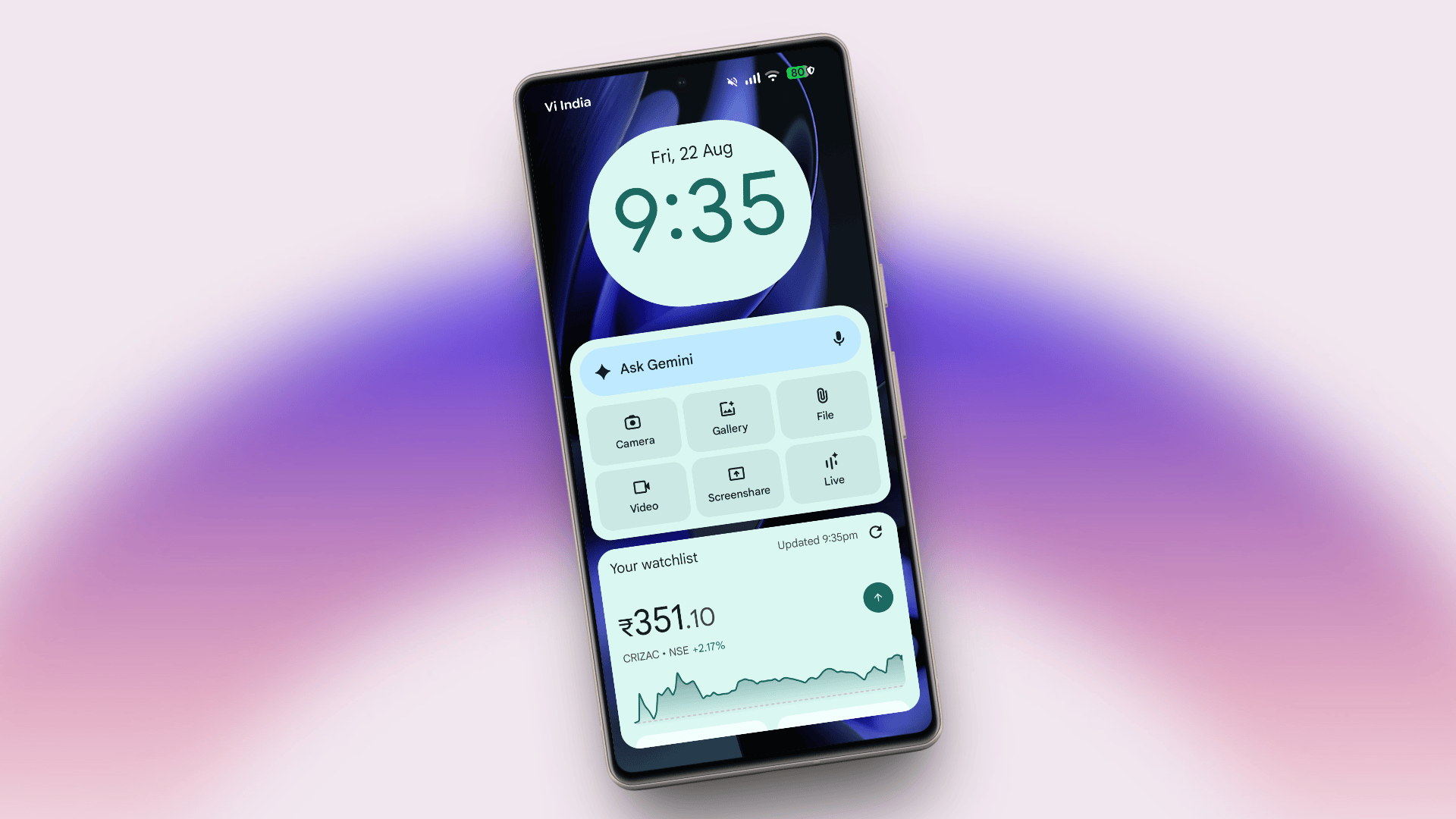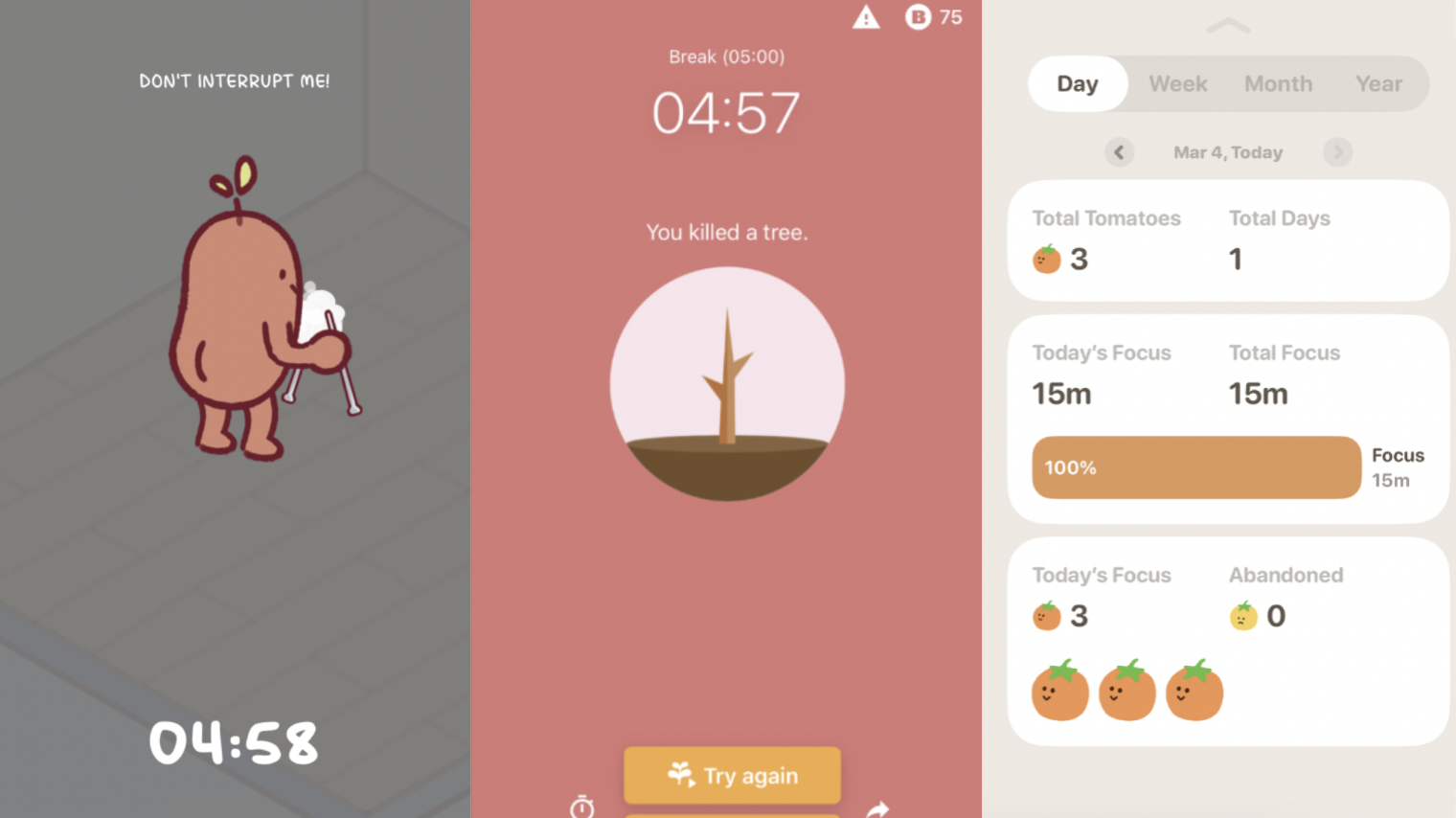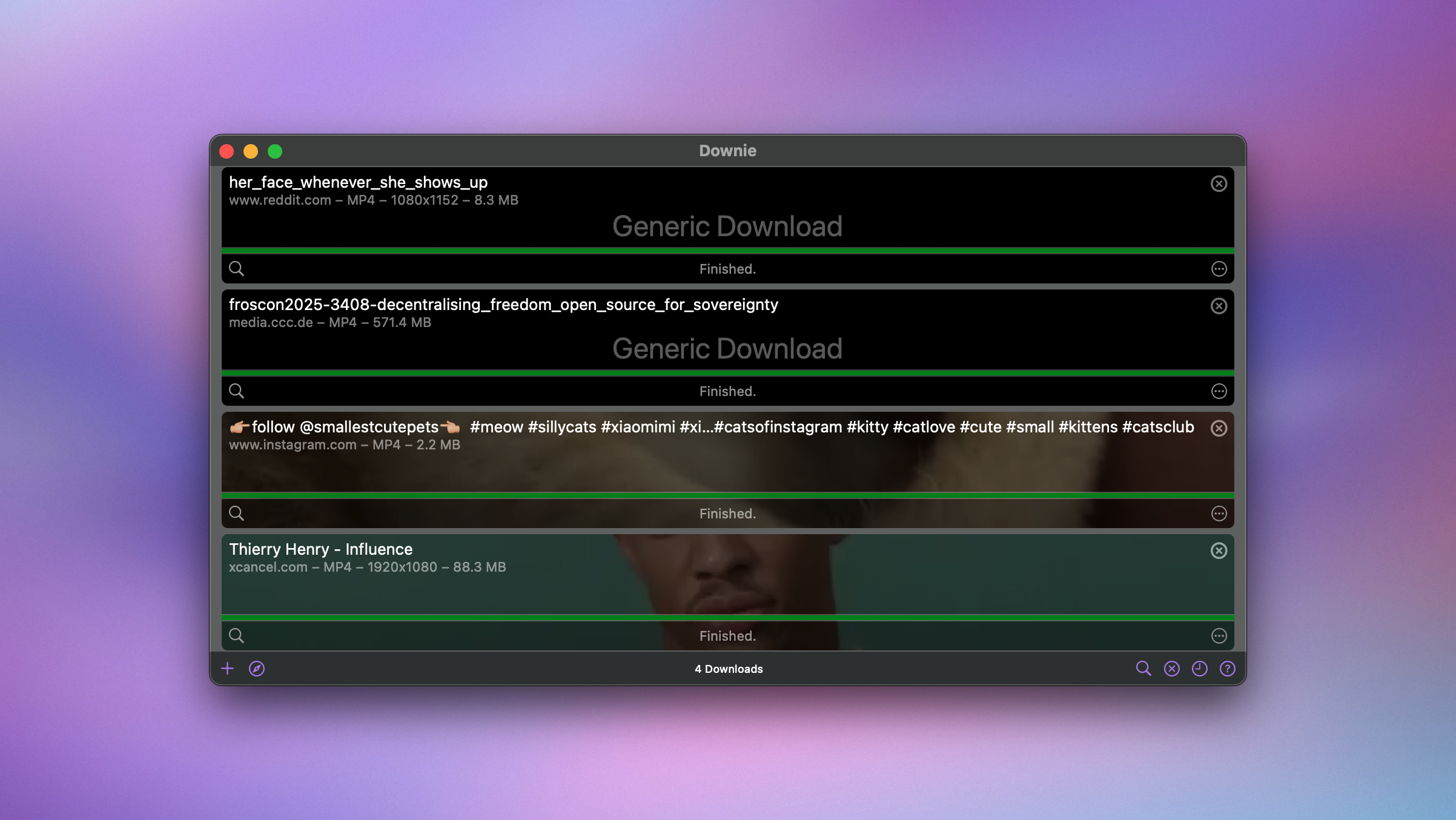Now Reading: Android 16 Beta Introduces Much-Awaited Lock Screen Feature
-
01
Android 16 Beta Introduces Much-Awaited Lock Screen Feature
Android 16 Beta Introduces Much-Awaited Lock Screen Feature

Rapid Summary
- lock Screen Widgets:
– android 16 beta introduces full-sized, tappable lock screen widgets for phones, previously a tablet-exclusive feature.
– Widgets can be manually accessed or set to display automatically in specific scenarios (e.g.,while charging).
– Users can add up to three widgets per screen and customize settings via the phone’s interface.
- Dark Mode Enhancements:
– android now forces apps and app icons into dark mode using automatic color inversion, improving accessibility for users with vision sensitivities.
– Expanded theming allows automatic monochrome conversion of app icons, synced with themes like “Dark” or “Minimal.”
- Enhanced Security with Identity Check:
– The optional Identity Check feature mandates biometric verification alongside PINs or passcodes for system-level tasks and supported apps.
- Other Features:
– Added an HDR brightness slider for fine control over HDR content in settings.
– New split-screen options enable a customizable ratio of up to a dramatic 90:10 split between two apps.
– Improved Linux support on Pixel devices now allows running desktop-grade Linux applications.
For additional details: Read More.
Indian Opinion Analysis
The new features introduced in the android 16 beta reflect Google’s focus on enhancing user experience through aesthetic improvements, customization flexibility, and heightened security measures. For potential Indian users-many of whom rely heavily on smartphones-features like improved lock screen widget functionality could boost productivity by enabling quick access to essential tools without unlocking their devices.
The dark mode expansion aligns well with increasing accessibility needs across diverse user demographics in India. Given mobile usage’s meaningful role nationwide-including rural areas where smartphones serve as principal computing devices-the force-dark-mode capability might address visual comfort concerns more broadly.
Additionally, stricter security protocols such as mandatory biometric authentication in sensitive applications resonate strongly within privacy-conscious markets like India amidst rising cyber threats. This would likely appeal notably to users managing financial services or health data via smartphones.
these updates provide technological enhancements that cater both to convenience and inclusion principles-key aspects driving smartphone adoption within India’s diverse socio-economic landscape.

























